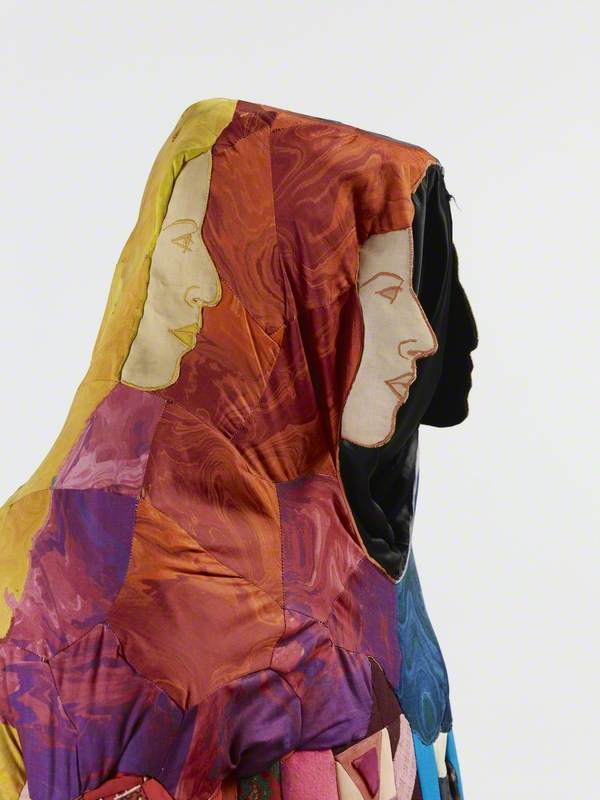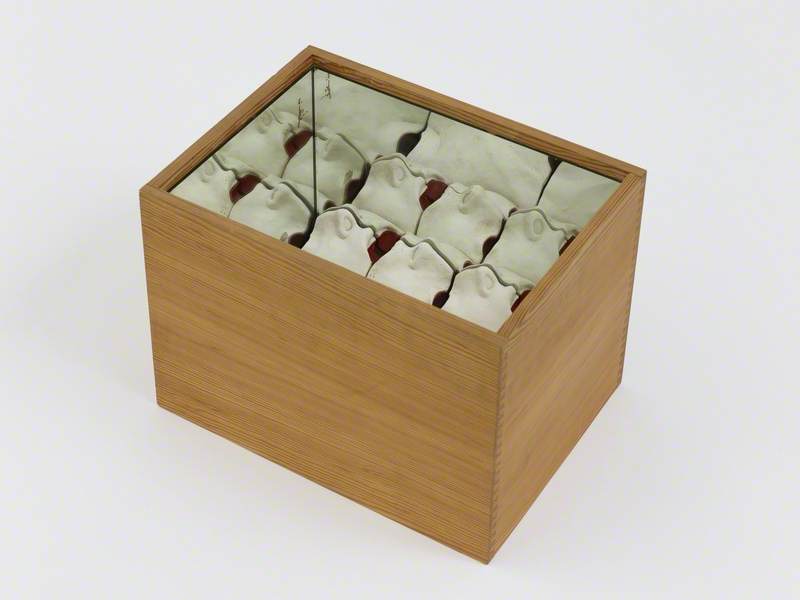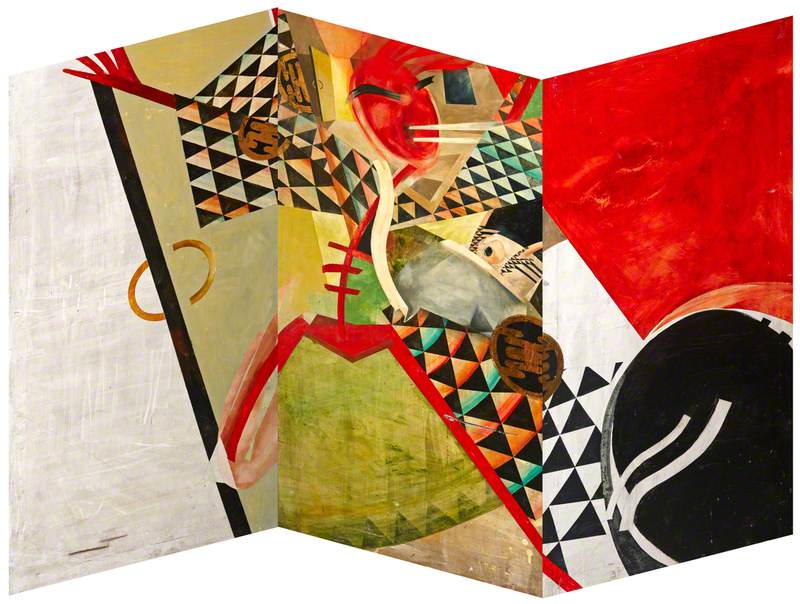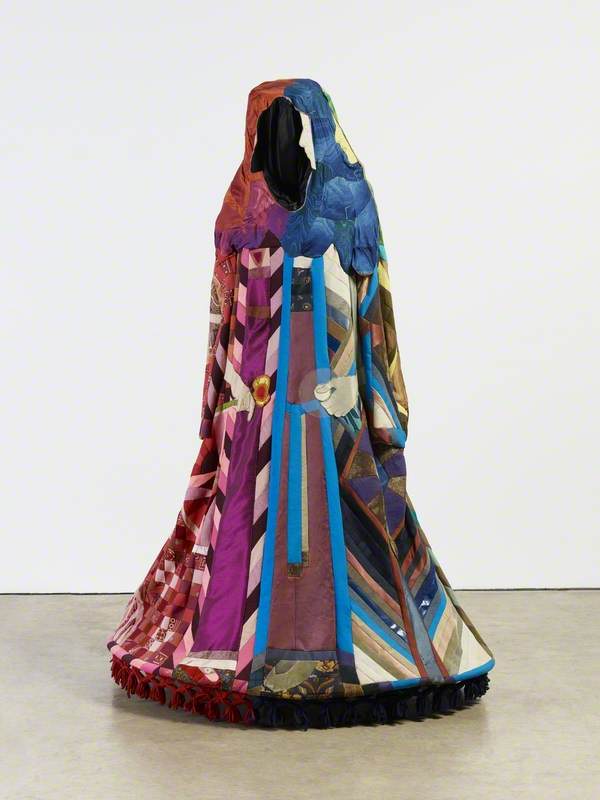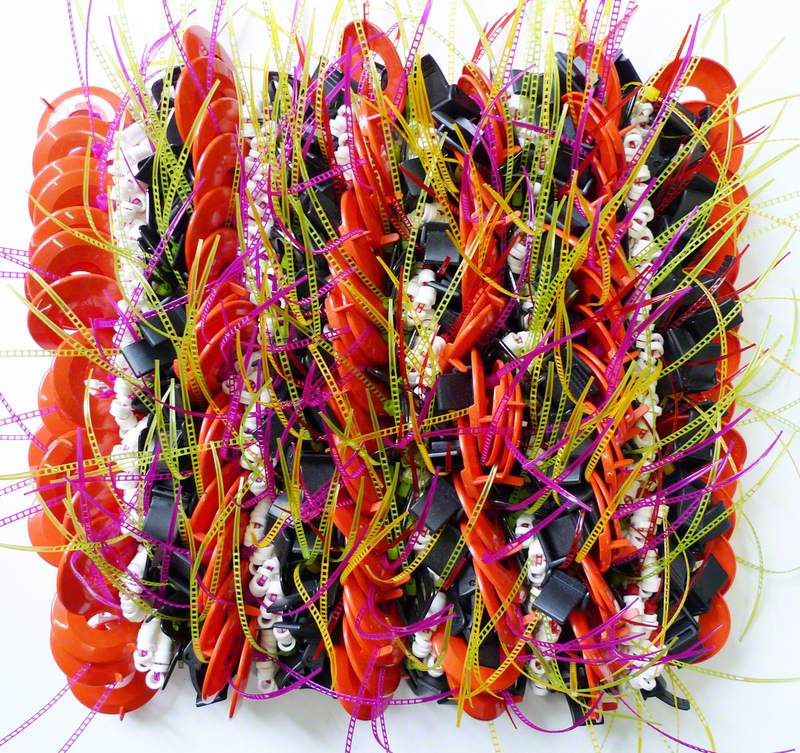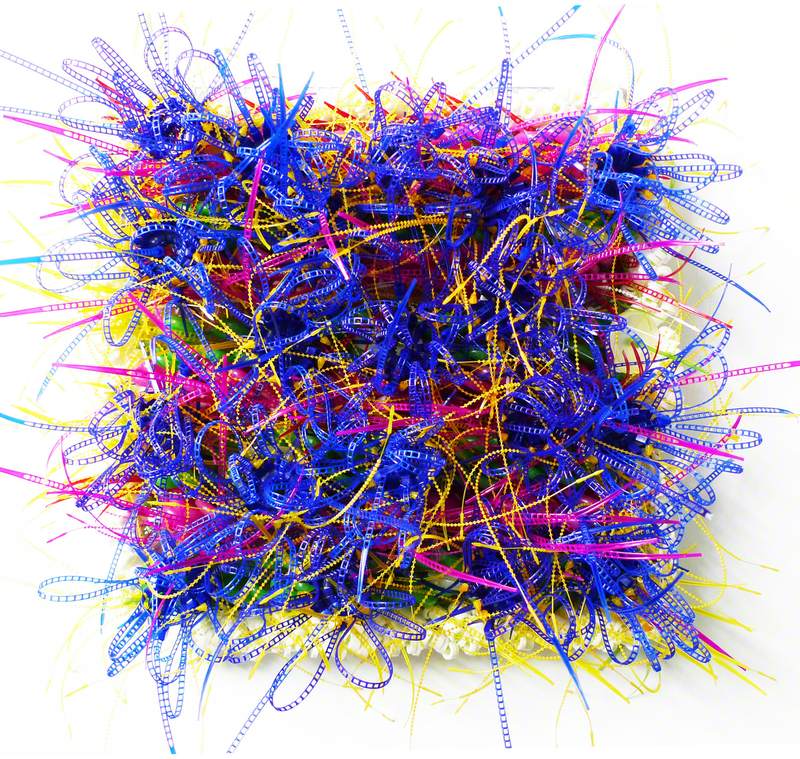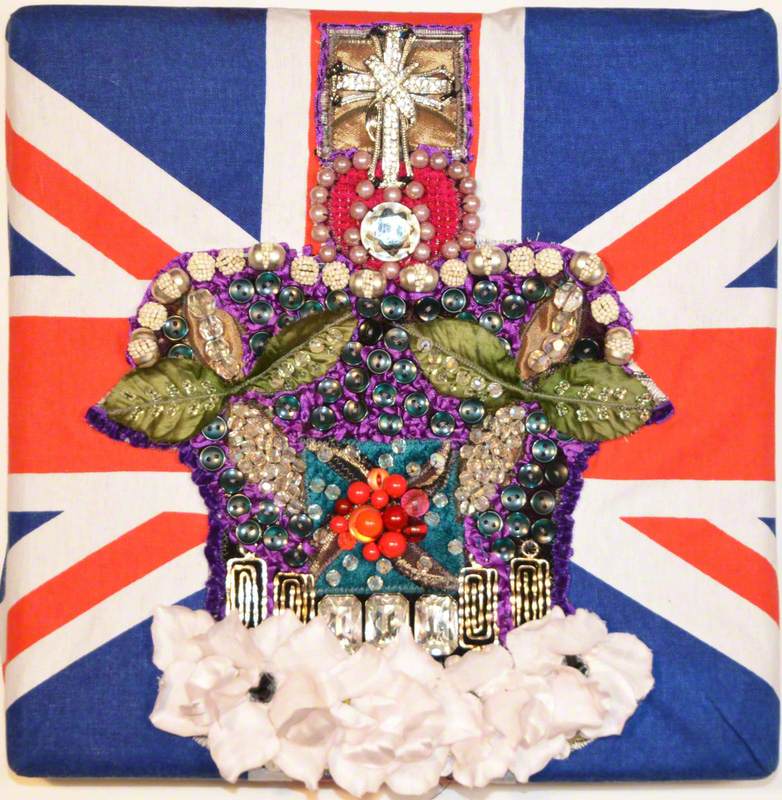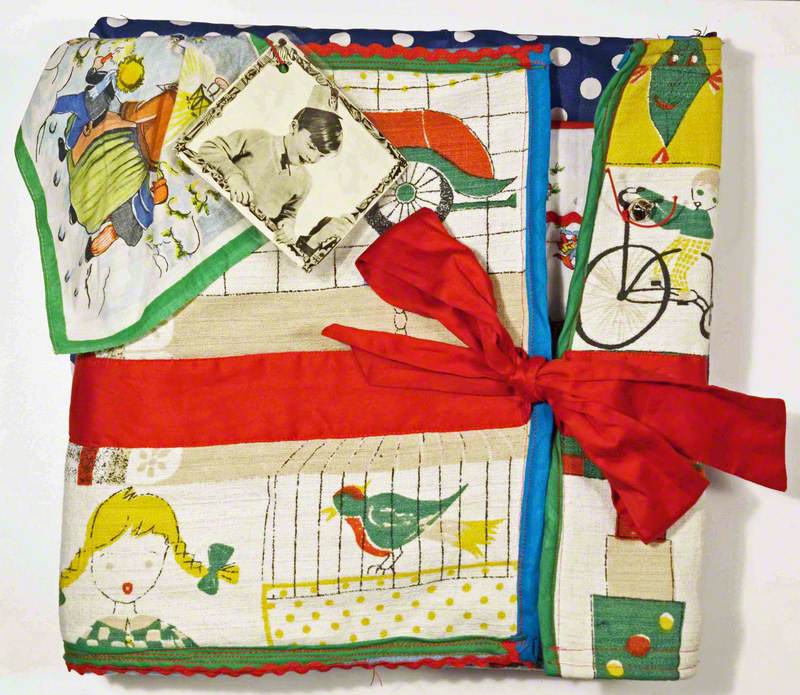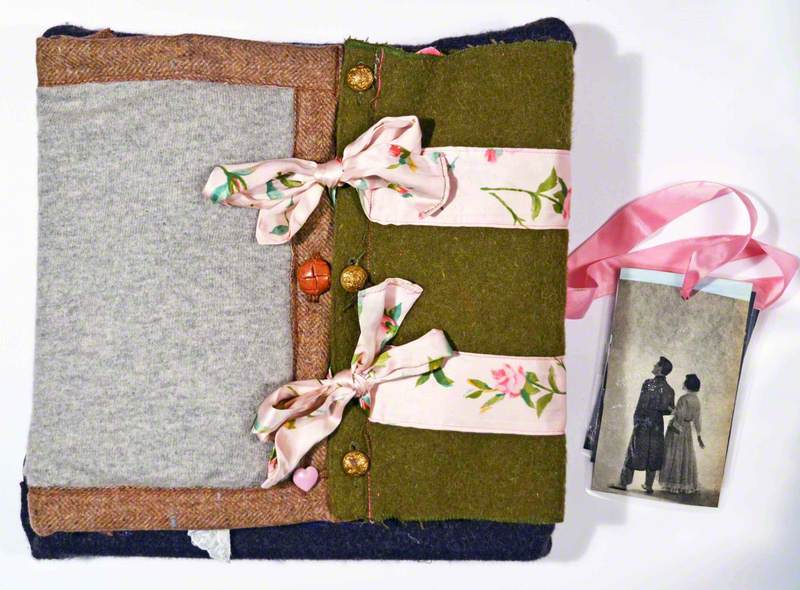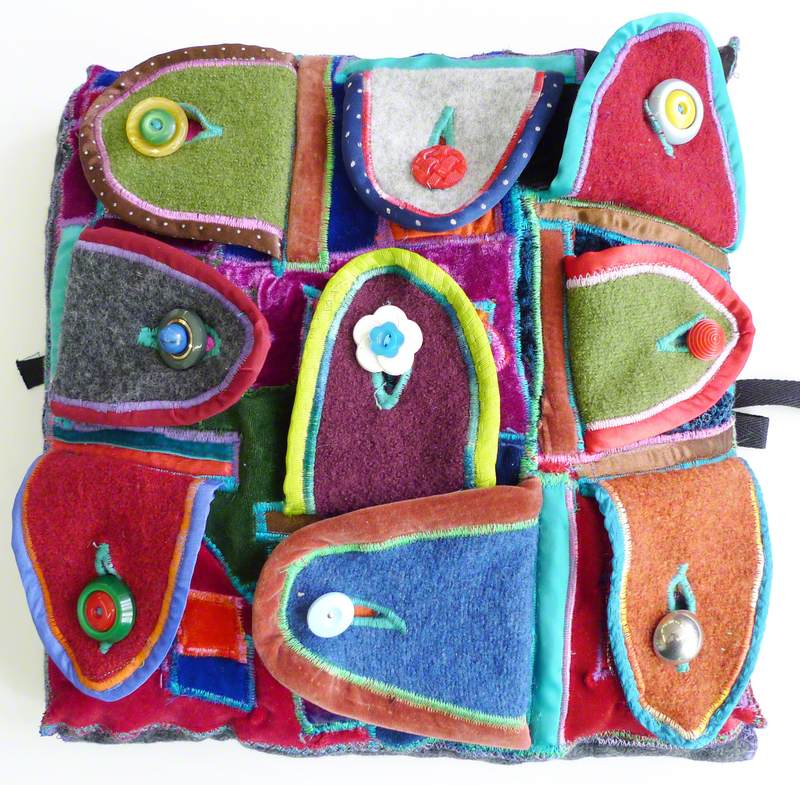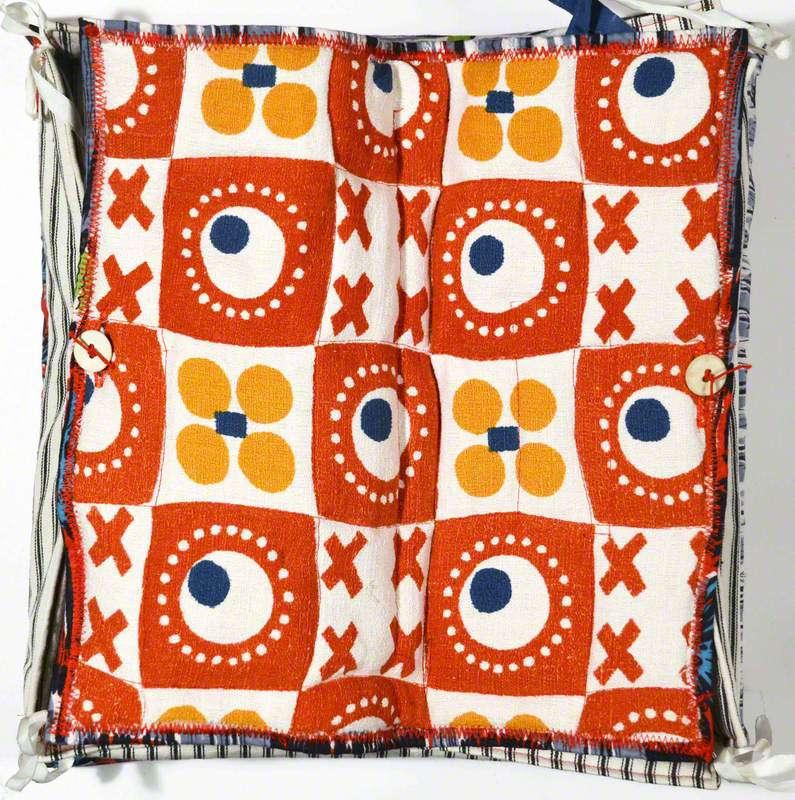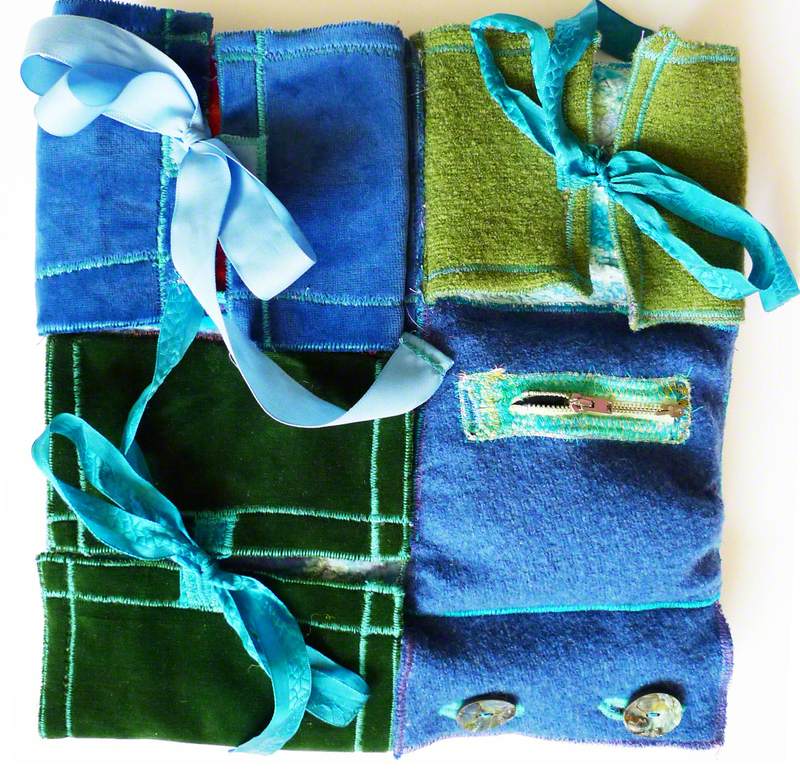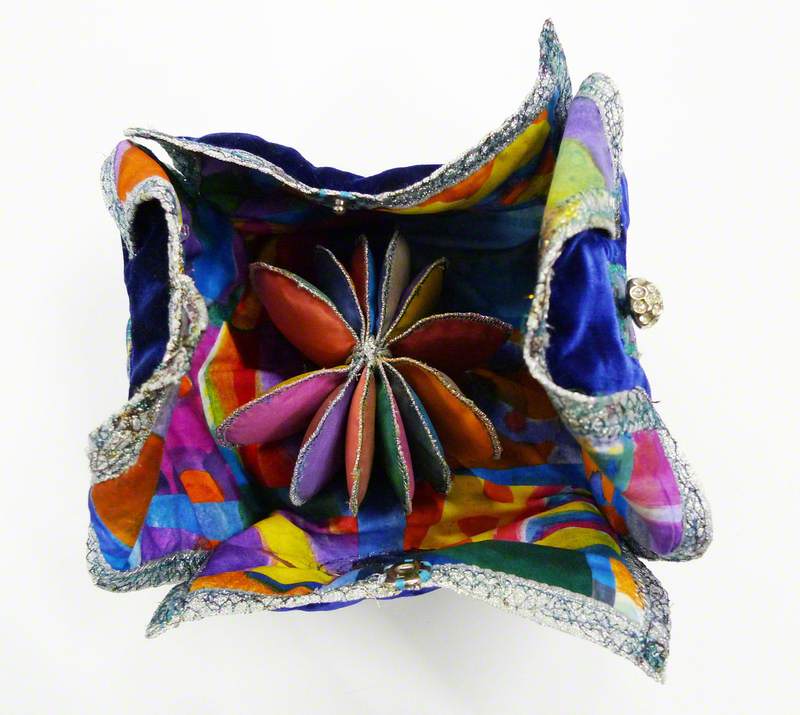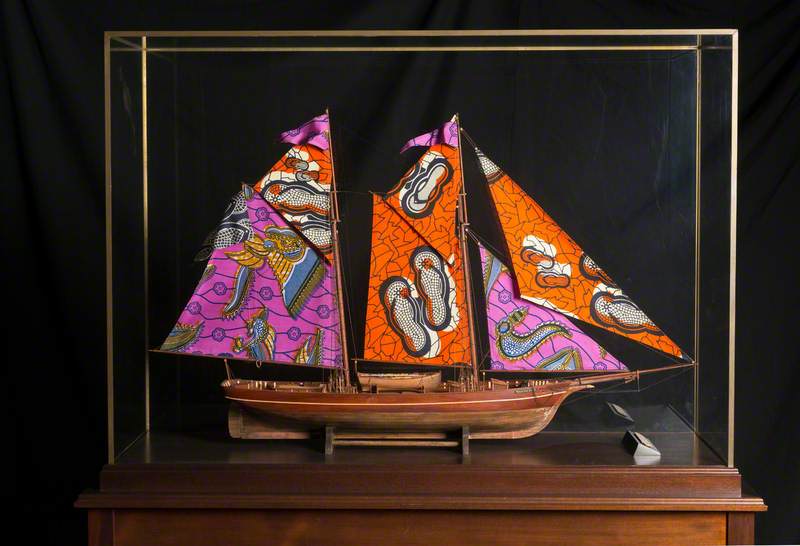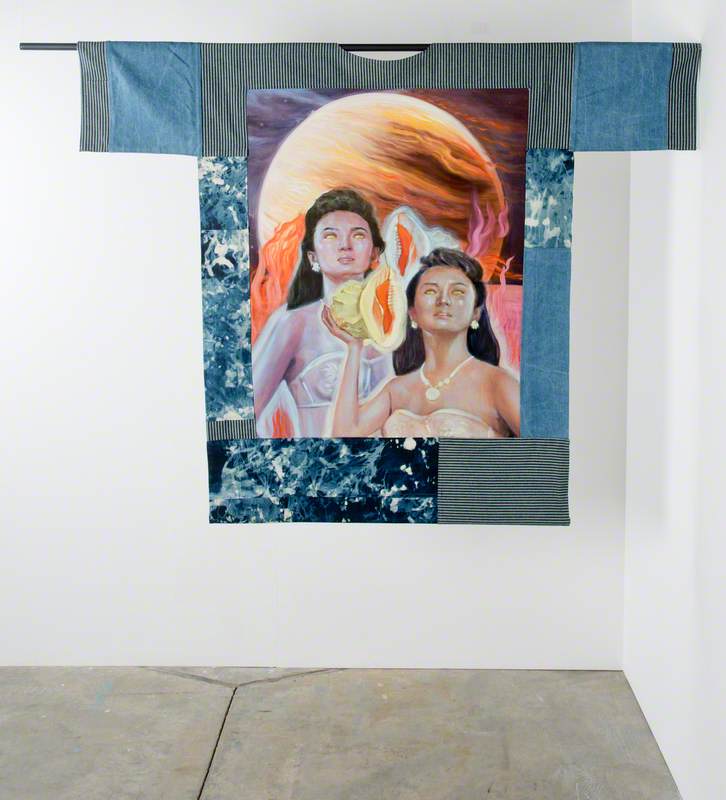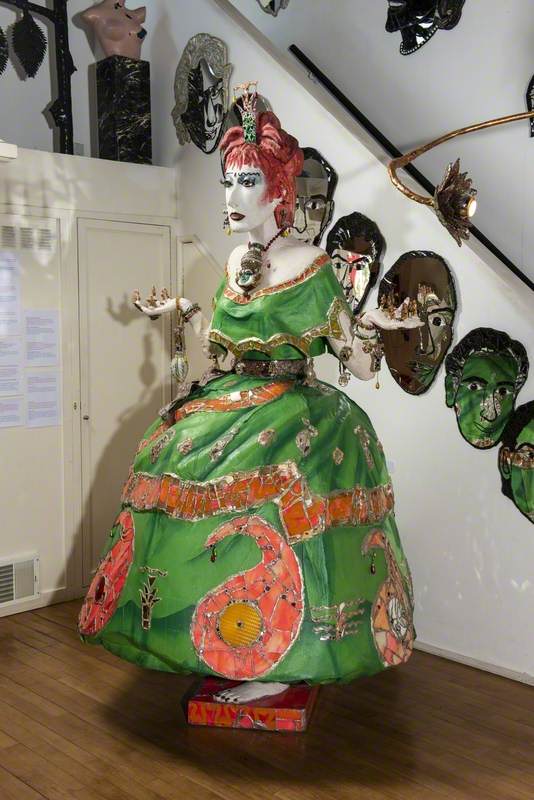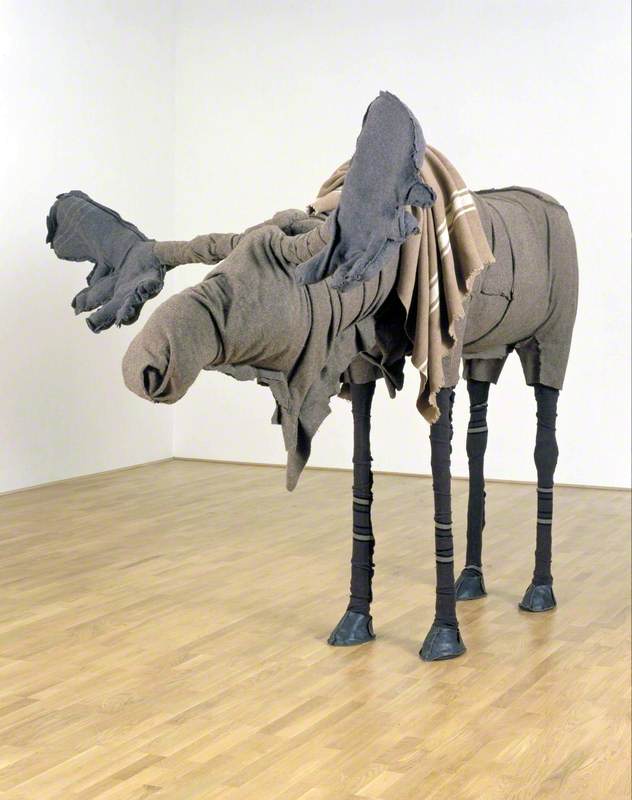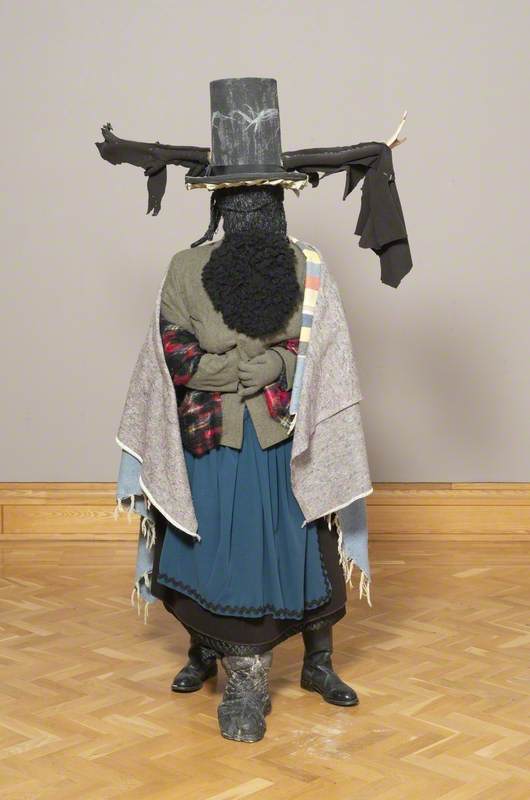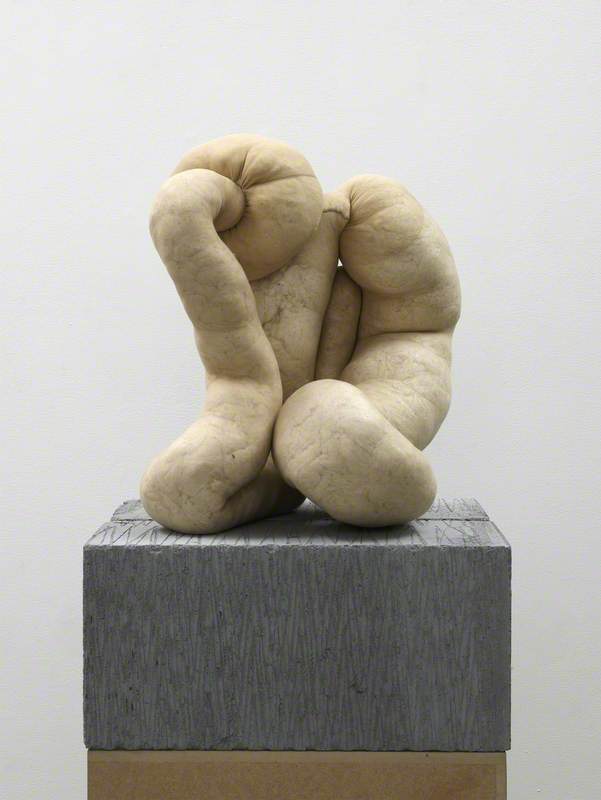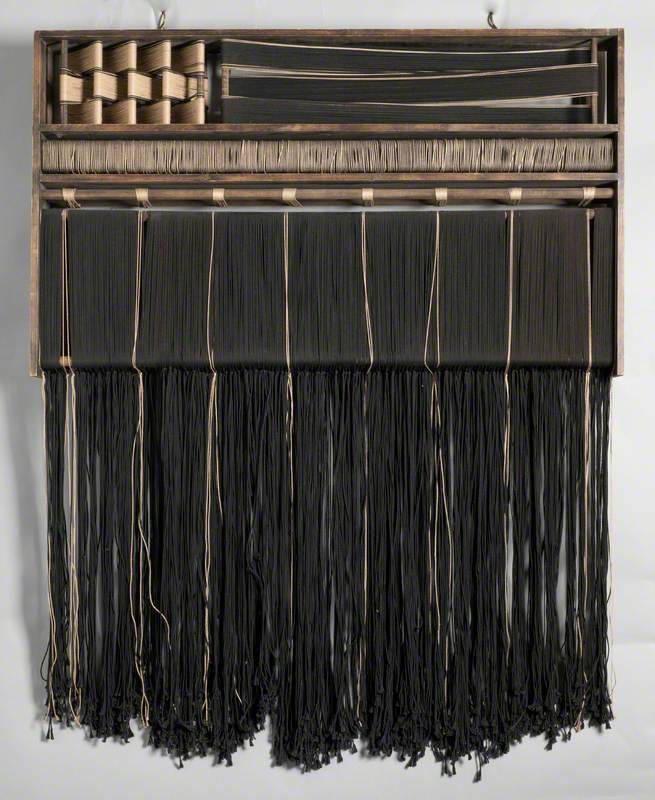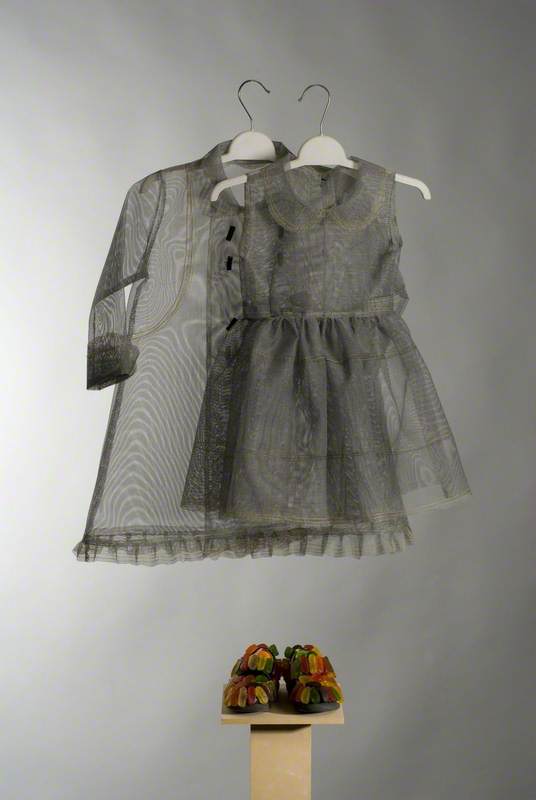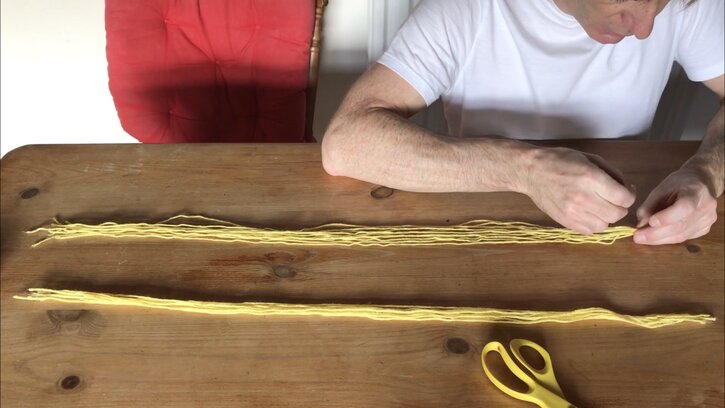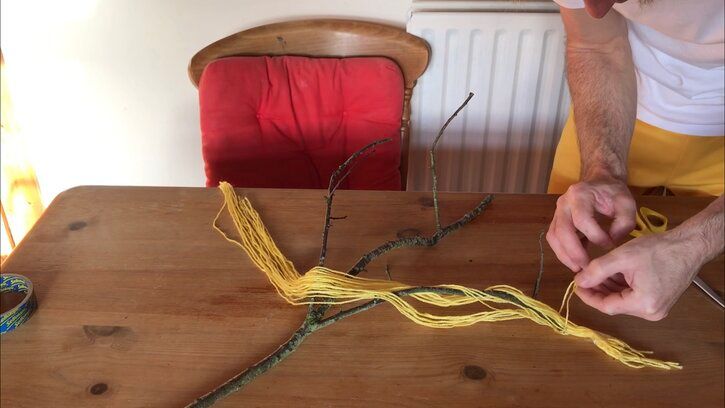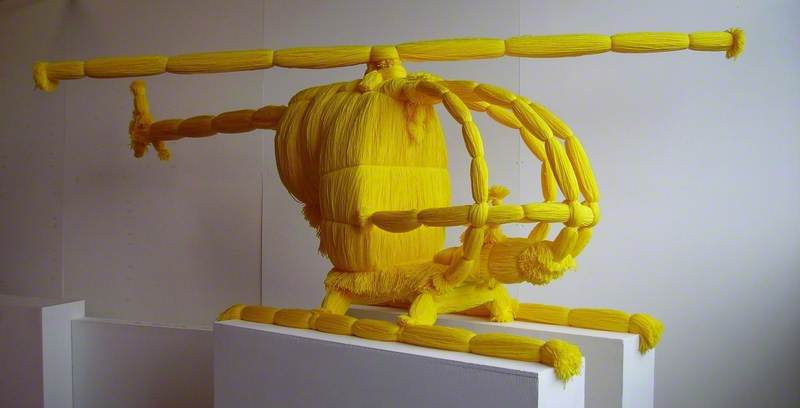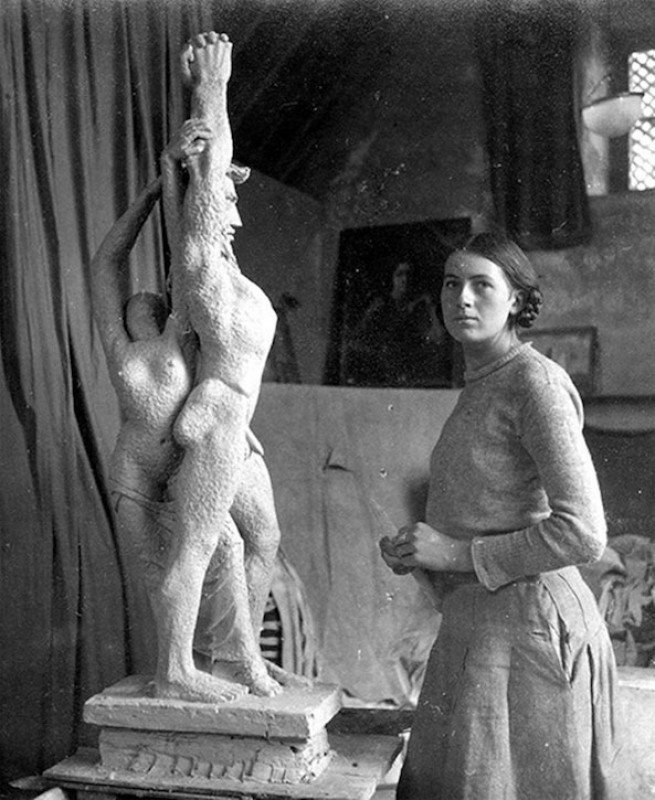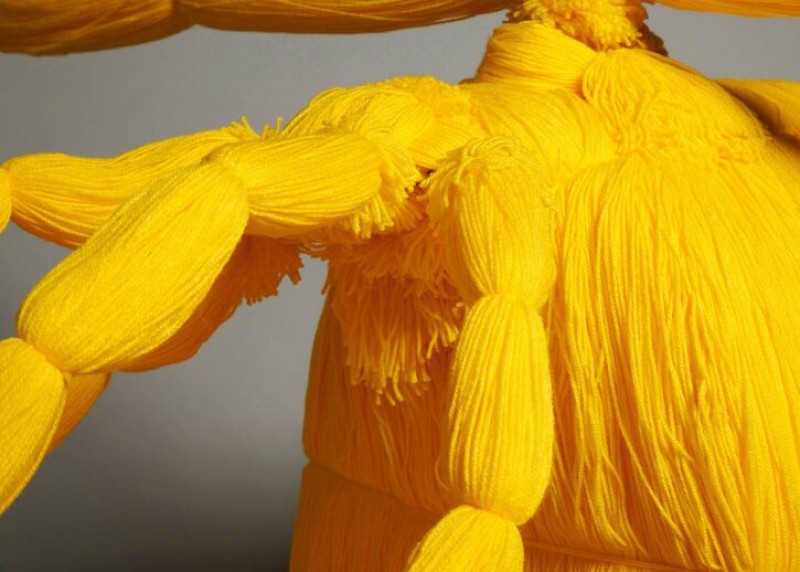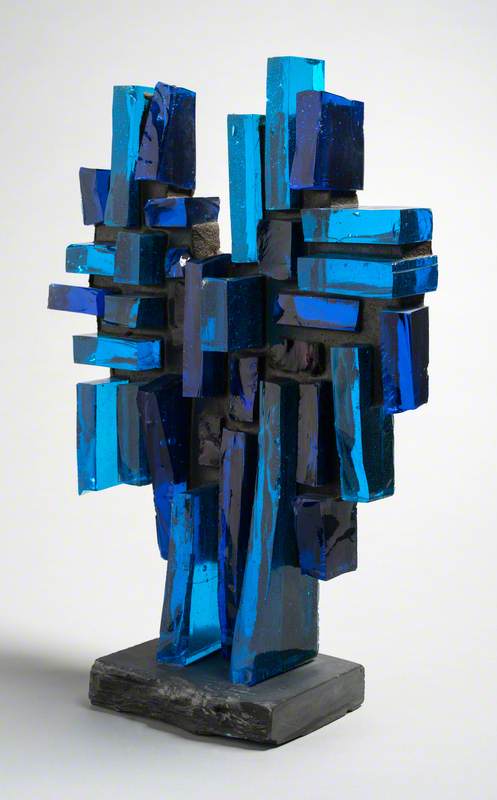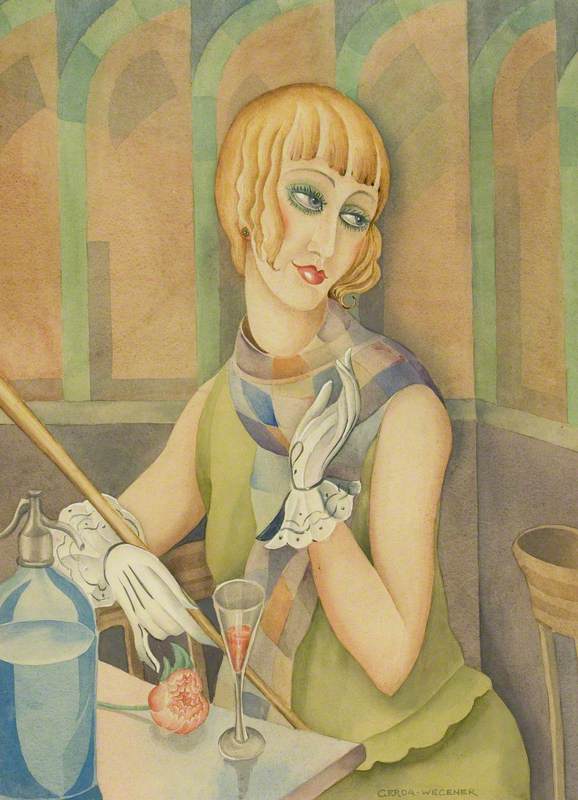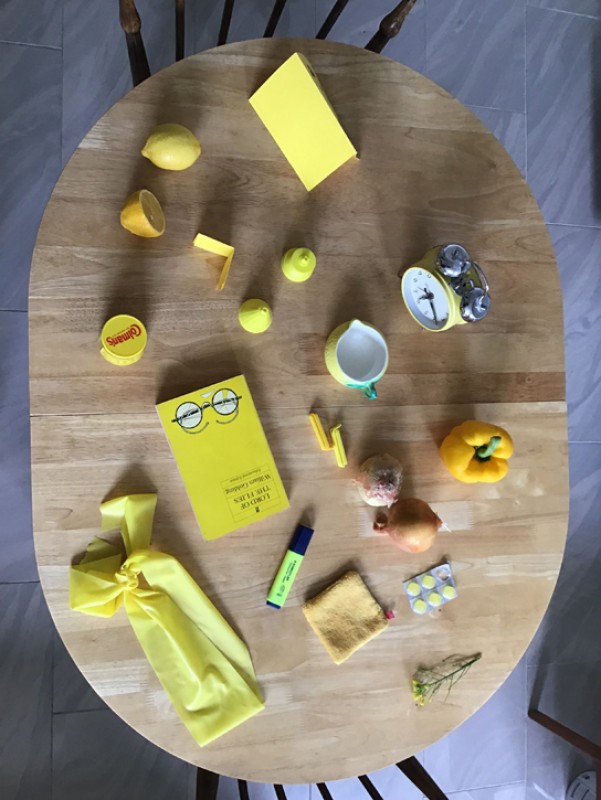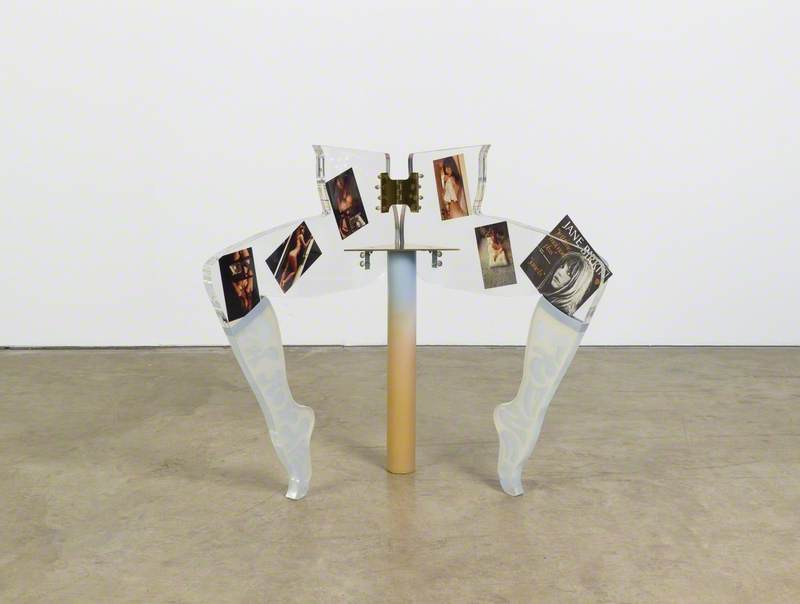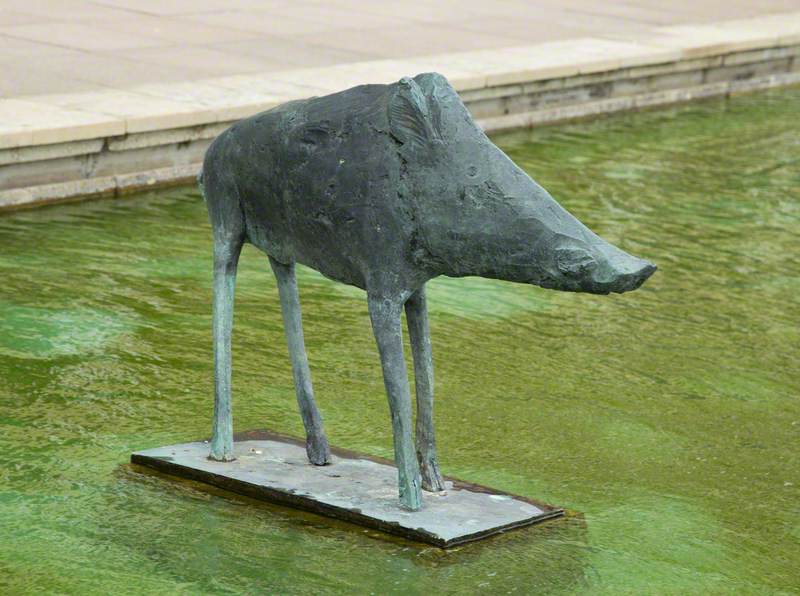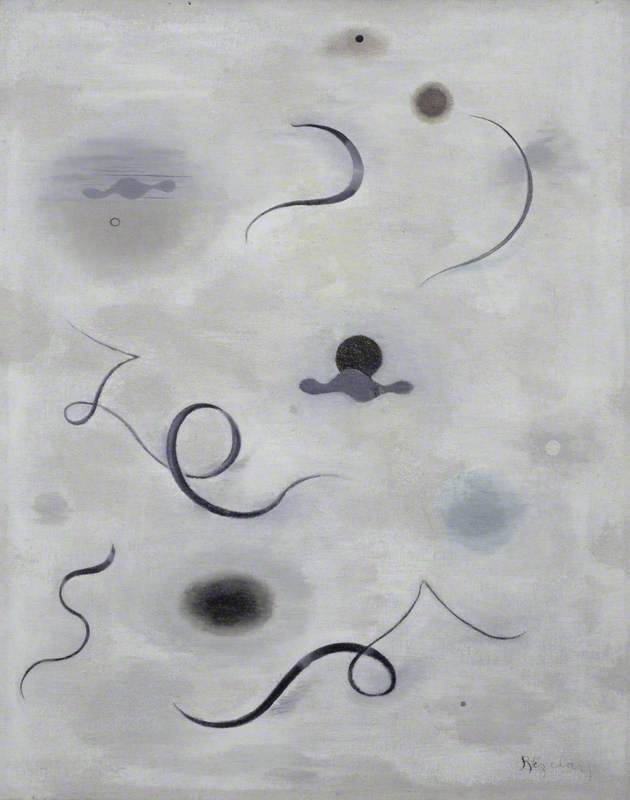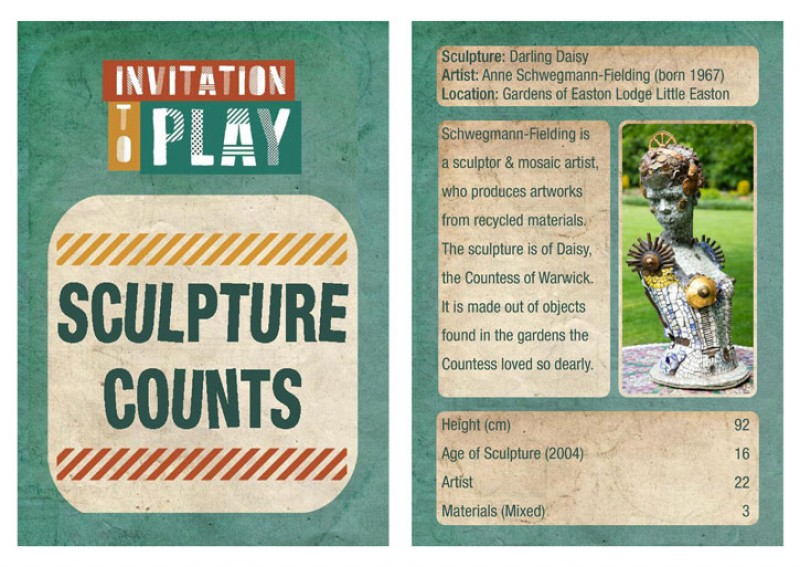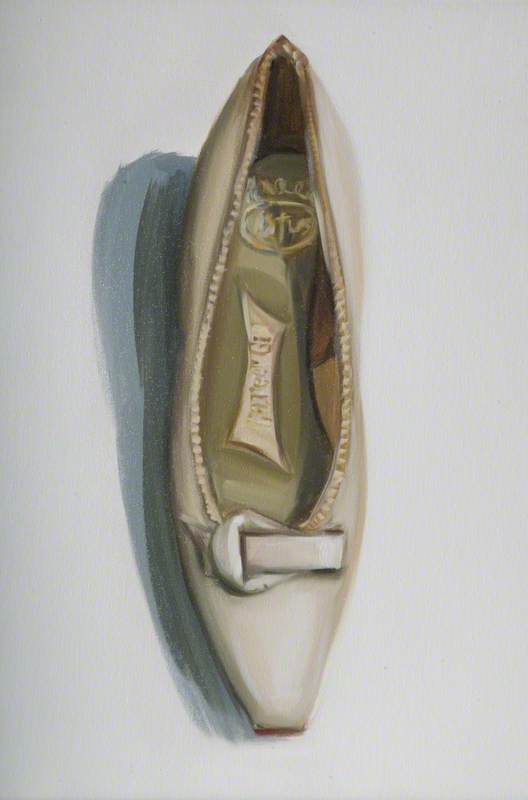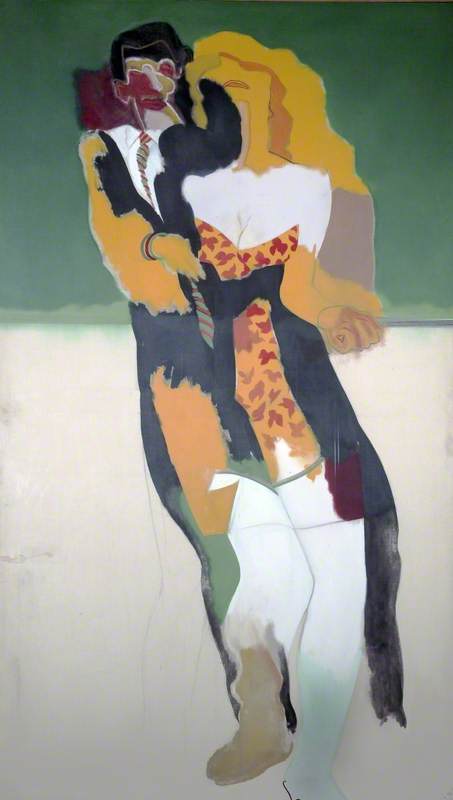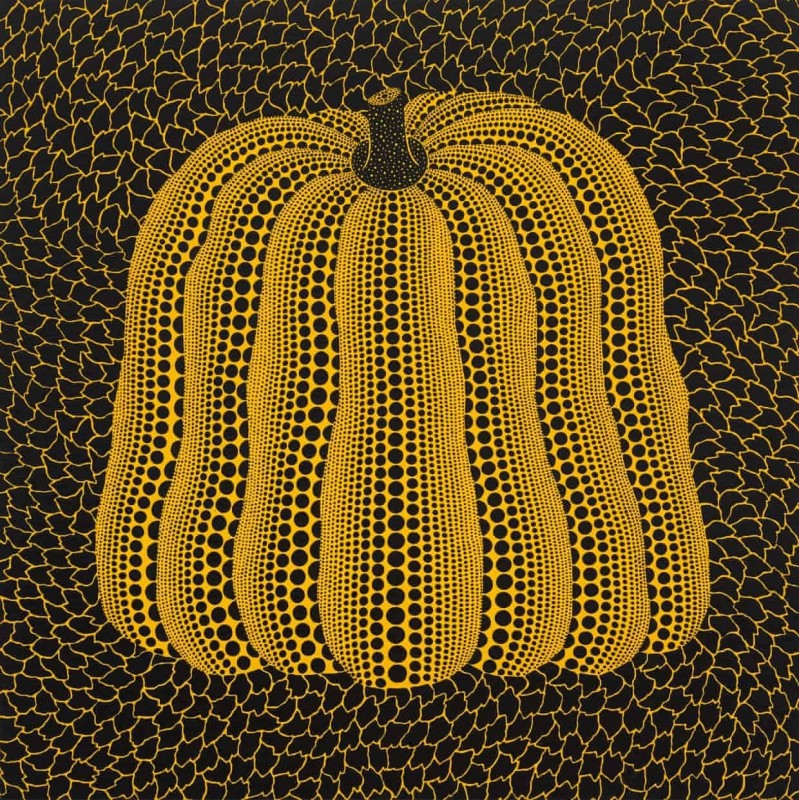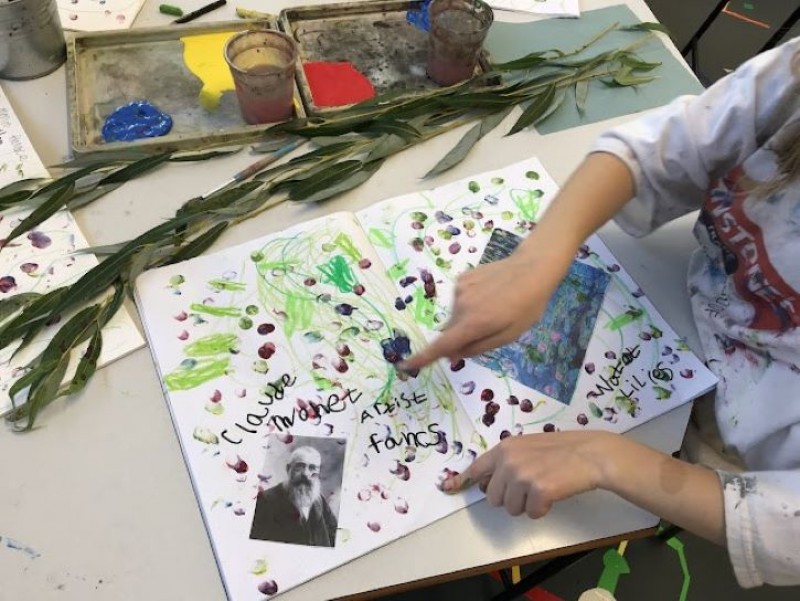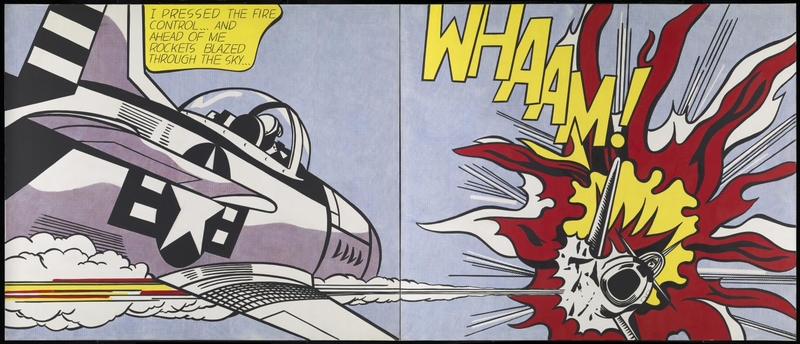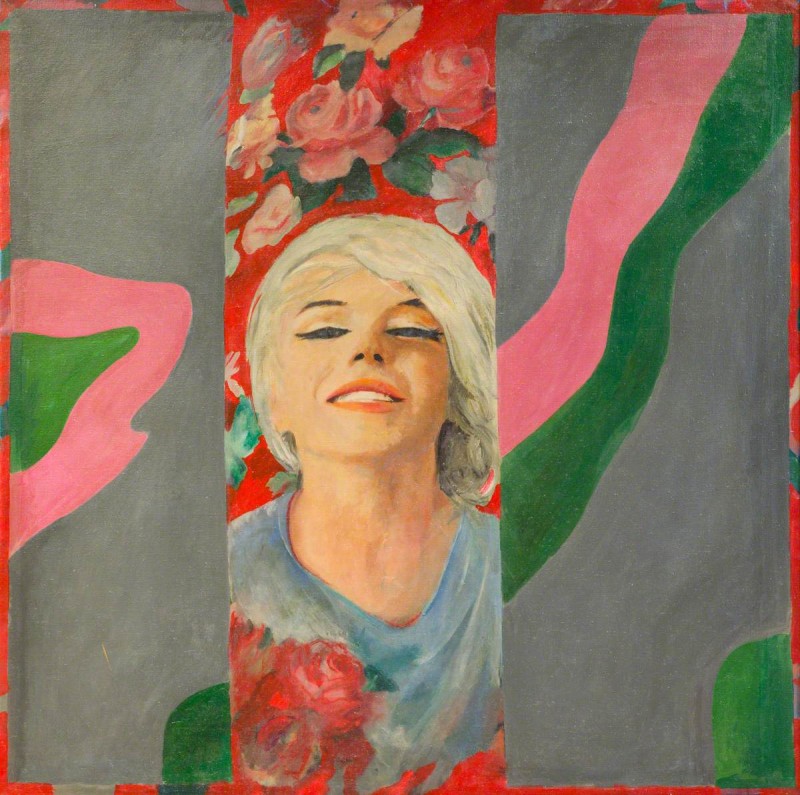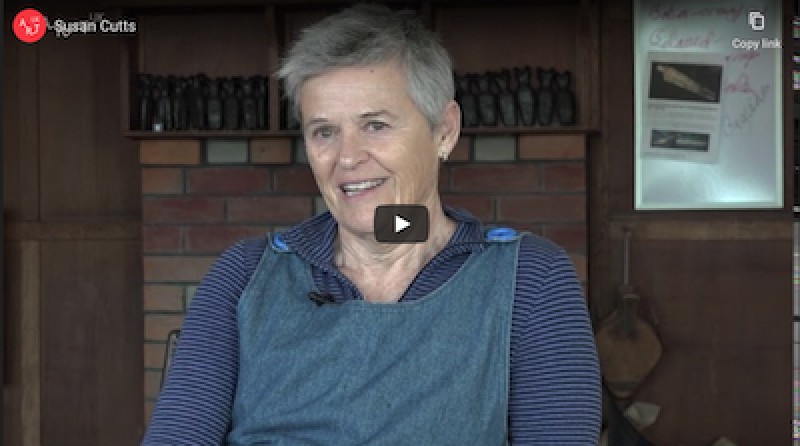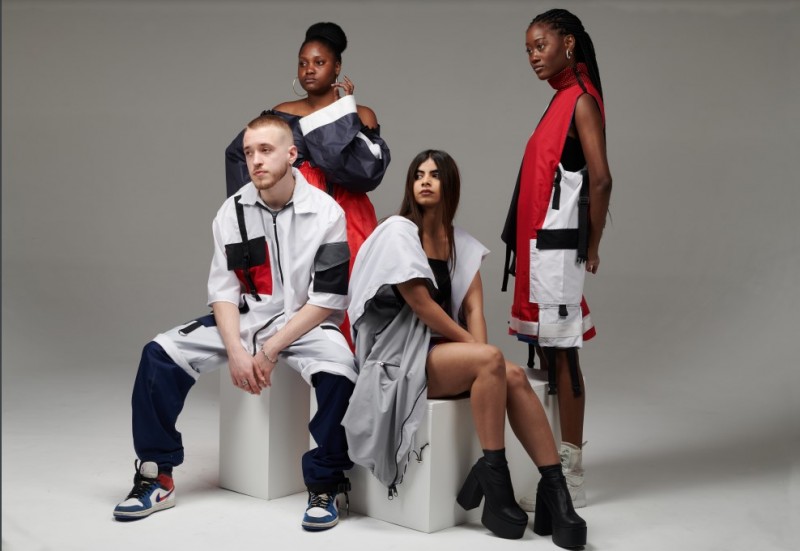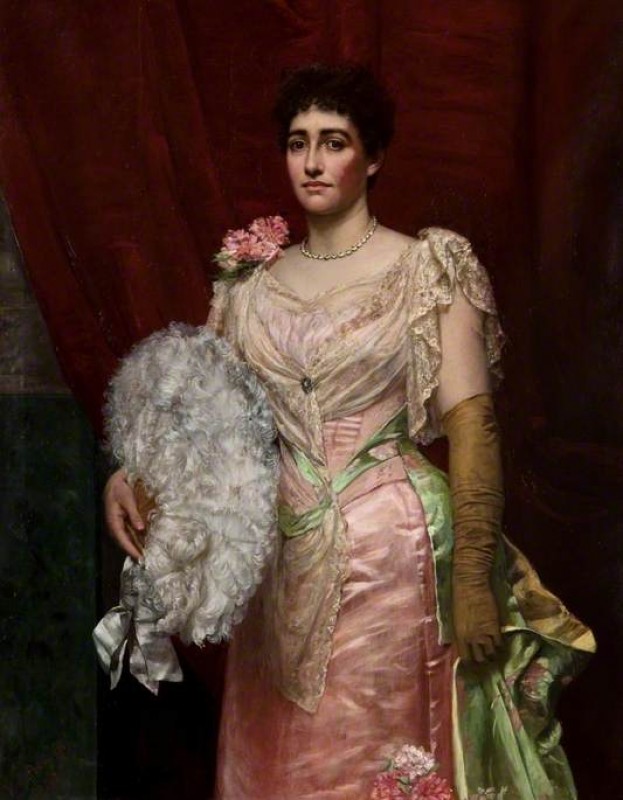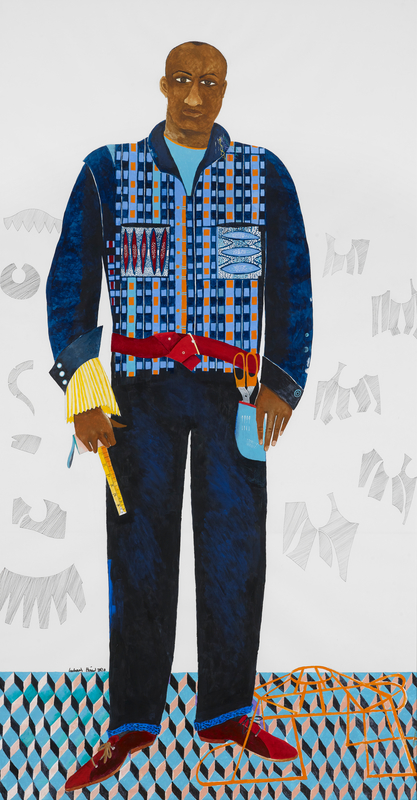Expressive Arts
Exploring the expressive arts is essential to developing artistic skills and knowledge and it enables learners to become curious and creative individuals.
Progression step 3:
- I can explore and experiment independently and demonstrate technical control with a range of creative materials, processes, resources, tools and technologies showing innovation and resilience.
- I can explore the effects that a range of creative techniques, materials, processes, resources, tools and technologies have on my own and others’ creative work.
- I can explore how creative work can represent, document, share and celebrate personal, social and cultural identities.
- I can explore and describe how artists and creative work communicate mood, feelings and ideas and the impact they have on an audience.
progression step 4:
- I can explore and experiment with my own and others’ creative ideas, demonstrating increasingly complex technical control, innovation, independent thinking and originality to develop my work with confidence, being able to explain my reasons behind choices made and evaluate their effectiveness on my creative work
- I can explore creative work, understanding the personal, social, cultural and historical context, including the conventions of the period in which it was created.
- I can investigate and understand how meaning is communicated through the ideas of other artists and performers.
Responding and reflecting, both as artist and audience, is a fundamental part of learning in the expressive arts.
Progression step 3:
- I can apply knowledge and understanding of context, and make connections between my own creative work and creative work by other people and from other places and times.
- I can reflect upon how artists have achieved effects or communicated moods, emotions and ideas in their work.
Progression step 4:
- I can apply knowledge and understanding of context when evaluating my own creative work and creative work by other people and from other places and times.
- I can evaluate the effectiveness of a wide range of artistic techniques in producing meaning.
Creating combines skills and knowledge, drawing on the senses, inspiration and imagination
Progression step 3:
- I can combine my knowledge, experience and understanding to plan and communicate my creative work for a range of different audiences, purposes and outcomes.
- I can draw upon my familiarity with a range of discipline-specific techniques in my creative work.
- I can identify and respond creatively to challenges with resilience and flexibility.
Progression step 4:
- I can use my experimentation and investigation to manipulate creative work with purpose and intent when communicating my ideas.
- I can apply specialised technical skills in my creative work.
- I can purposefully use my design skills and apply a range of solutions to clarify and refine final creative ideas.
- I can draw upon my experiences and knowledge to inform and develop strategies to overcome creative challenges with imagination and resilience.
